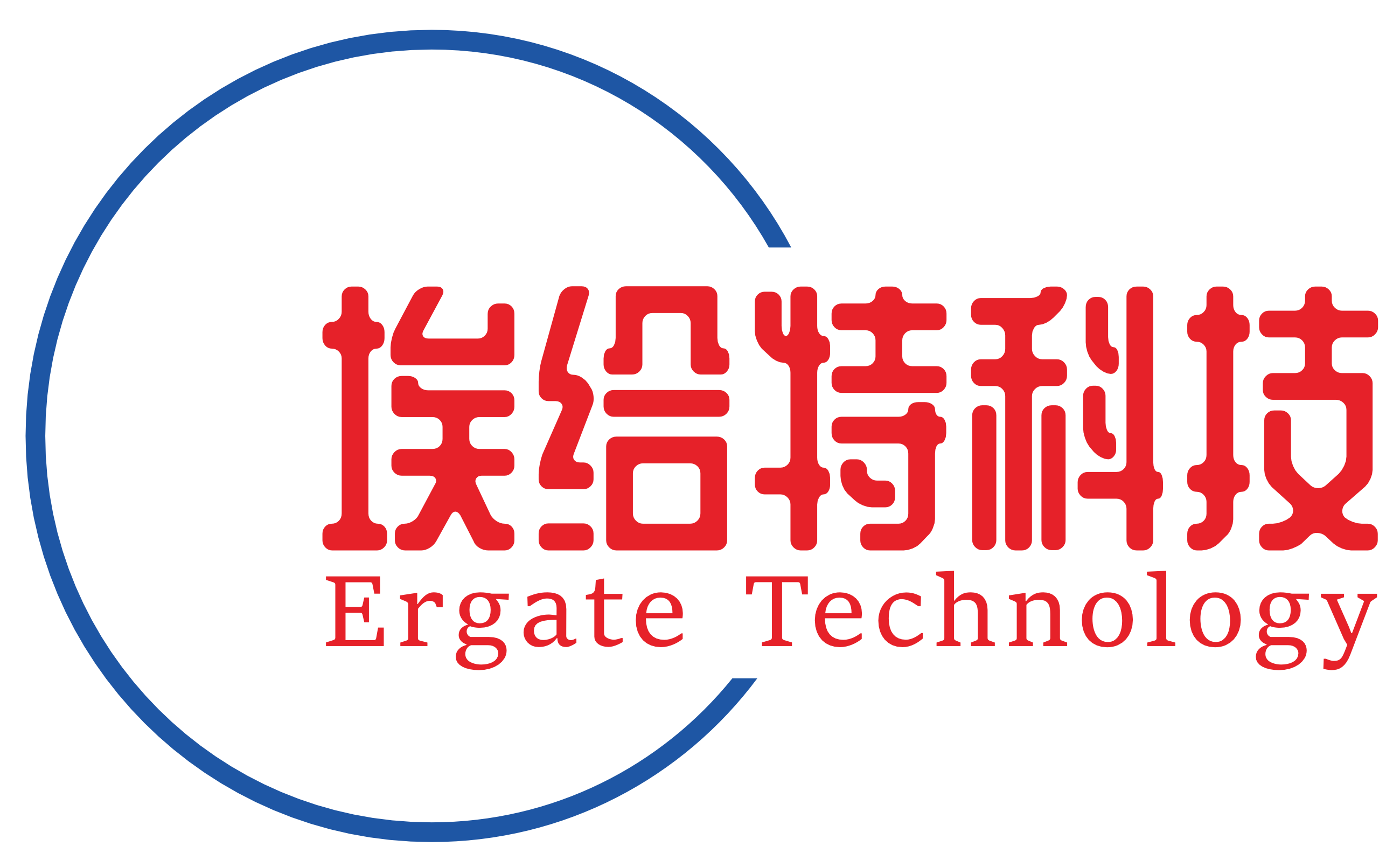Table of Contents
How Linear Bearings Enable Rotational Motion
Linear bearings are a type of bearing that enable rotational motion. They are composed of a stationary outer race and an inner race that is free to rotate. The inner race is typically mounted on a shaft and is able to rotate freely within the outer race.

Linear bearings are designed to provide smooth, low-friction motion in a single direction. This makes them ideal for applications that require rotational motion, such as conveyor belts, robotic arms, and other machinery.
The inner race of a linear bearing is typically made of a low-friction material such as plastic or metal. This material helps to reduce friction and wear on the bearing, allowing it to rotate freely. The outer race is typically made of a harder material such as steel or aluminum. This helps to keep the bearing in place and prevents it from moving out of alignment.
Linear bearings are also designed to be self-aligning. This means that they can adjust to any misalignment in the shaft, allowing for smooth, consistent motion.
Linear bearings are an essential component in many types of machinery and equipment. They provide a reliable, low-friction solution for rotational motion, allowing for smooth, efficient operation.

